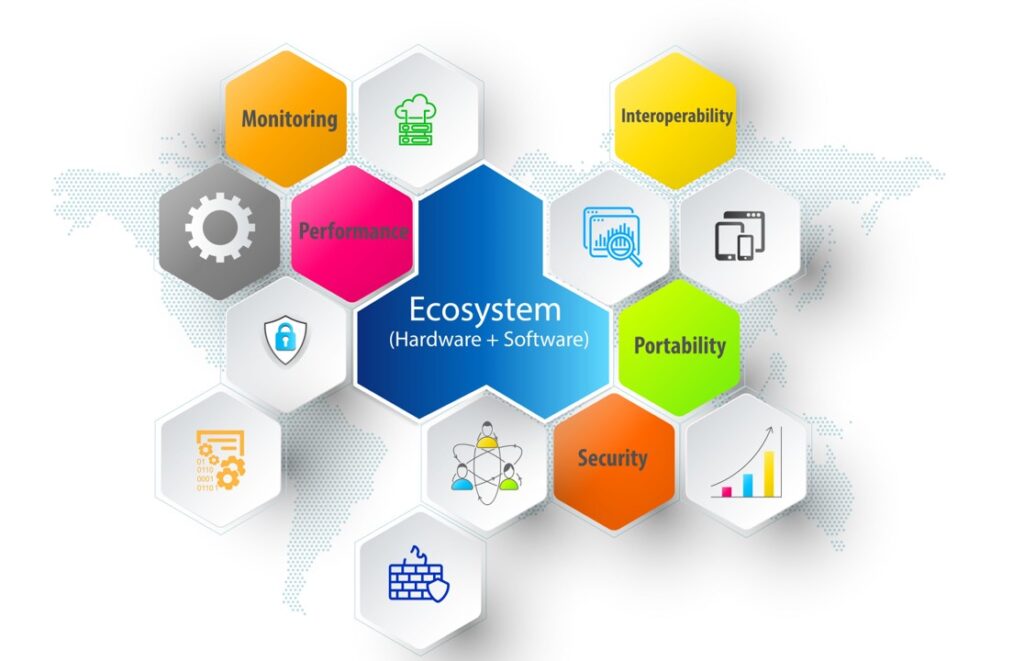
Almost 700 people registered for the first-ever Zephyr Developer Summit, which took place virtually on June 8-10, to learn more about the RTOS. We had 3 tracks, 5 mini-conferences, 28 sessions and 51 speakers who presented engaging technical content, best practices, use cases and more. We’ll be adding event videos each week to the Zephyr Youtube Channel. Stay tuned here for more videos.
Today, we’re featuring all of the presentations at that showcase Zephyr’s ecosystem support including Machine Learning with TensorFlow Lite Micro on Zephyr, Micropython Binding to LVGL in Zephyr OS, Using Visual Trace Diagnostics on Zephyr Applications, Coredump: A Brief Introduction and Demo and Logging Subsystem Overview. Check out the abstracts and watch the videos below.
Machine Learning with TensorFlow Lite Micro on Zephyr – Lauren Murphy, Intel
Did you know that TensorFlow Lite Micro is now a Zephyr module? Learn the new Zephyr-centric way to build TensorFlow Lite Micro applications on Zephyr in this video. Lauren will introduce machine learning and TensorFlow before discussing the new module and guiding you through the process of developing, building and flashing a TensorFlow Lite Micro application on Zephyr with Visual Studio Code and Zephyr’s meta-tool, West.
Micropython Binding to LVGL in Zephyr OS – Zuzana Miklánková, Masaryk University
This video describes the integration of LVGL + Micropython as a Zephyr application. It includes possible use cases of the implemented solution as well as the impacts which the Micropython layer brings to LVGL on Zephyr applications. The presentation will also showcase a brief comparison of resource usage of Zephyr LVGL application both with and without Micropython layer.
Using Visual Trace Diagnostics on Zephyr Applications – Johan Kraft, Percepio AB
Developing reliable and performant RTOS applications is far from trivial, in part due to challenges related to multithreading, software timing and resource usage. Such aspects are not apparent in the source code and calls for good insight into the runtime system to facilitate software design verification and system-level debugging. This video presents new support for visual trace diagnostics that is being introduced in Zephyr, including what this concept implies, how to enable it and relevant use-cases. A demo is provided using Percepio Tracealyzer, that is now being extended to also support Zephyr.
Coredump: A Brief Introduction and Demo – Daniel Leung, Intel Corporation
When fatal error occurs, it is usually preferable to restart the device so that it can continue providing services with minimal downtime. With coredump, it is possible to capture the software states associated with the fatal error, and has the information available for later retrieval and analysis. This presentation provides a brief introduction of the coredump subsystem in Zephyr, and a brief demonstration on how it works.
Logging Subsystem Overview – Krzysztof Chruściński, Nordic Semiconductor
Logging takes a crucial part in any application. Not only as a debugging tool during the development phase but also in the field. Embedded systems gives additional challenge with real time requirements and limited resources. Logging subsystem attempts to meet the goals and overcome these challenges. This presentation will be an introduction to the logging subsystem with focus on the recent overhaul. It will go under the hood to explain internals and provide some practical recommendations for efficient logging.
If you have questions or would like to chat with any of our Zephyr speakers, ambassadors or members of the Technical Steering Committee (TSC), please join us on the Zephyr Slack.